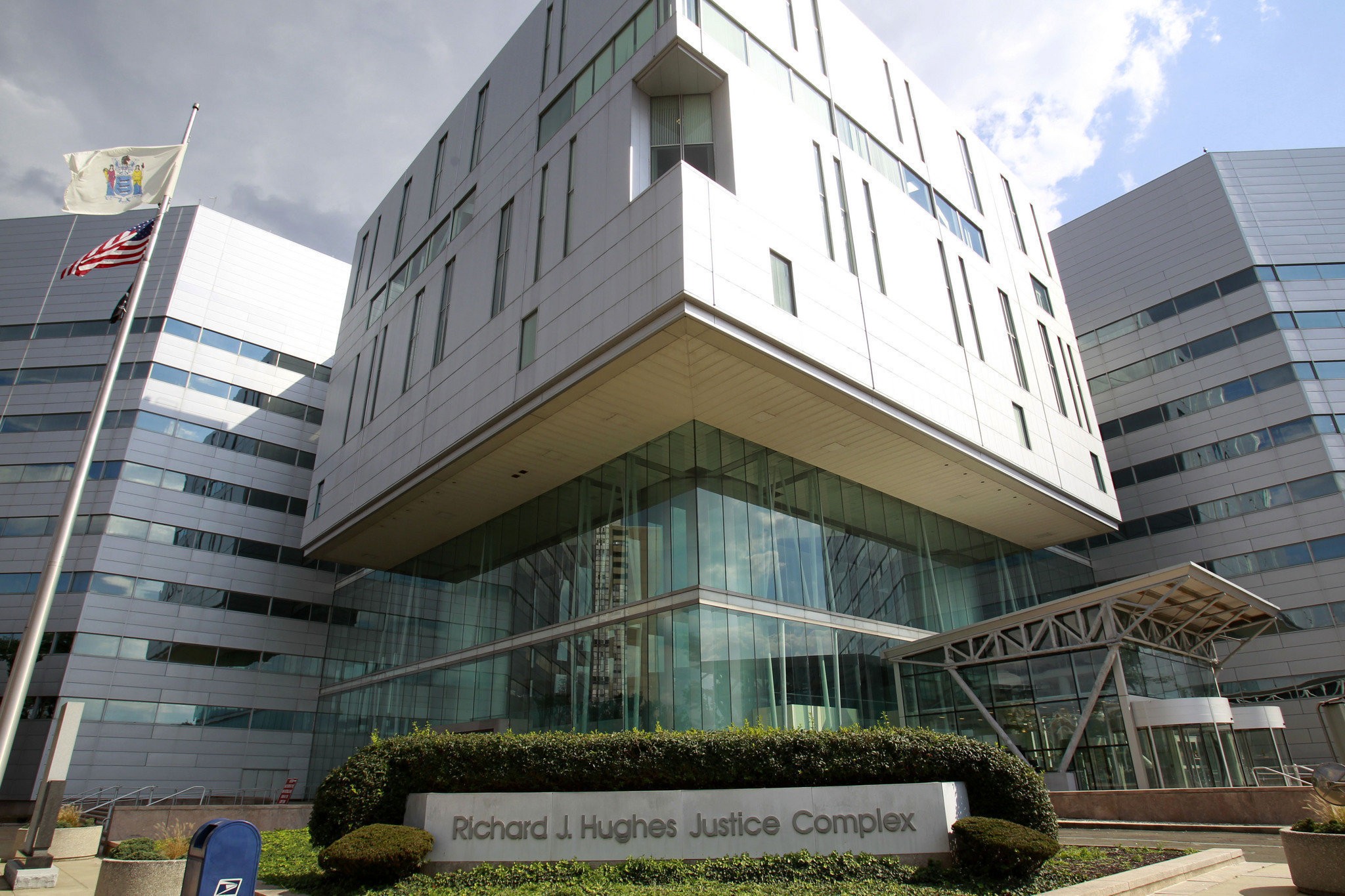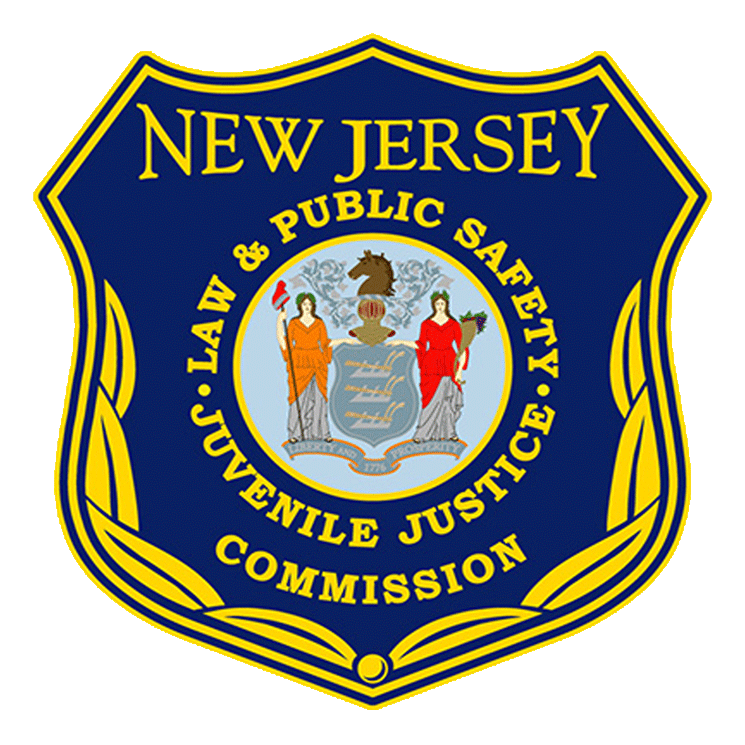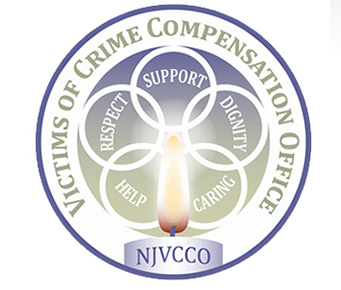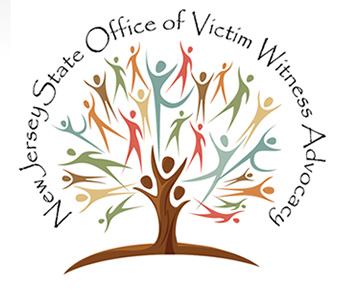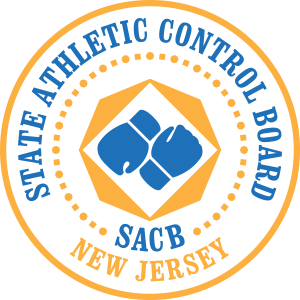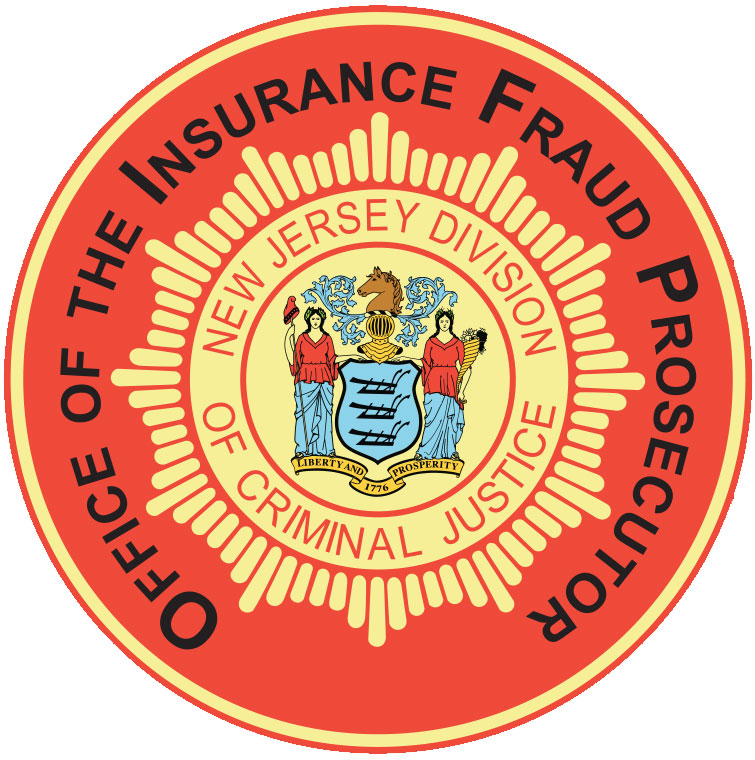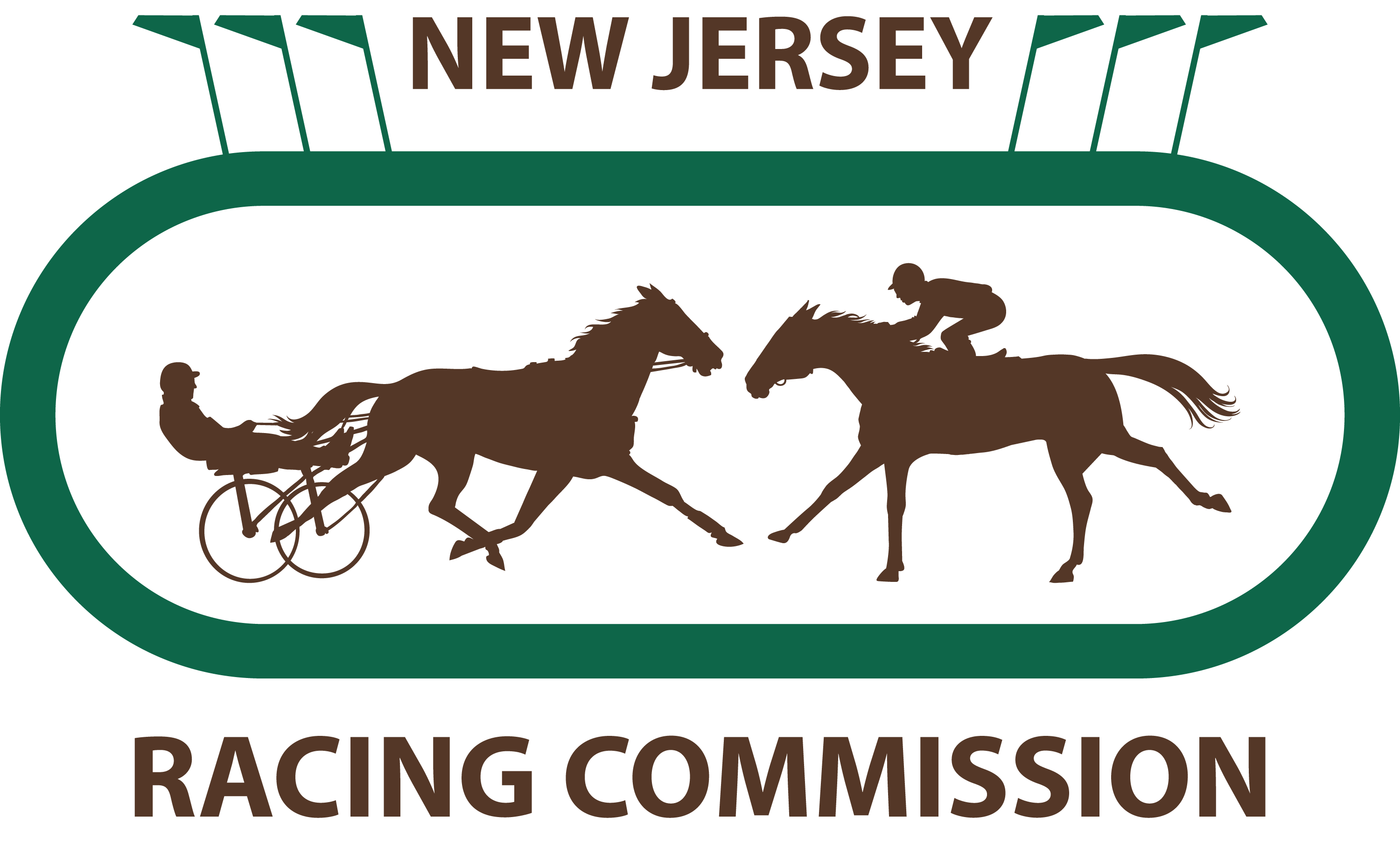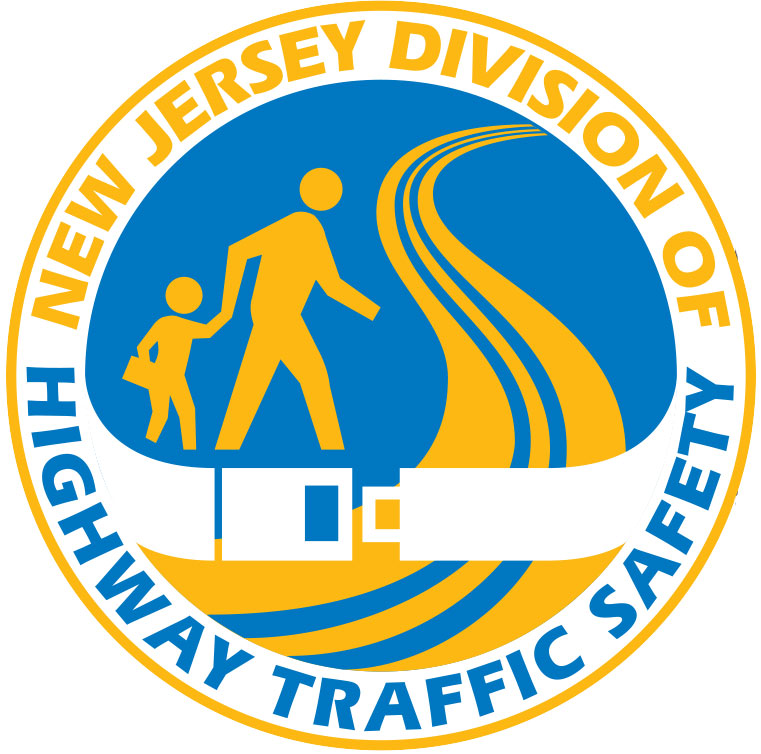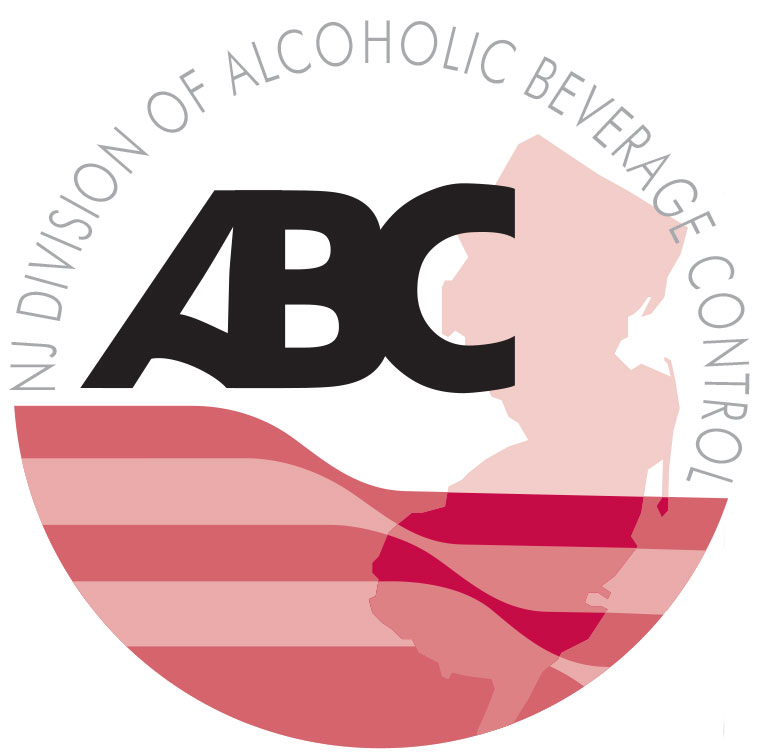FEDERAL – STATE – TERMINOLOGY
Awareness & Education
NJ Human Trafficking Task Force Brochure(8.5″x11″): English I Español
Human Trafficking Red Flags & Fact Sheets(8.5″x11″):
- 101 for School Administrators & Staff
- 101 for School Administrators & Staff – ESP
- Airline and Airport Workers
- Airline and Airport Workers – ESP
- EMS, Fire Department, Law Enforcement & Other Emergency Care Professionals
- EMS, Fire Department, Law Enforcement & Other Emergency Care Professionals – ESP
- Health Care Provider Assessment Card
- Health Care Provider Assessment Card (coming)
- Hospitality Professionals
- Hospitality Professionals – ESP
- Identifying Victims of Human Trafficking
Potential Indicators & Red Flags - Identifying Victims of Human Trafficking
Potential Indicators & Red Flags – ESP - Indicator Card for Schools
- Indicator Card for Schools (coming)
- Taxi, Limousine and Public Transporation Drivers
- Taxi, Limousine and Public Transporation Drivers – ESP
- Understanding Victims’ Mindsets
- Understanding Victims’ Mindsets – ESP
- What to Look for During a Medical Exam/Consultation
- What to Look for During a Medical Exam/Consultation – ESP
Human Trafficking Posters (11″x17″):
Available in English and Spanish





- Download Poster A: English I Spanish
- Download Poster B: English I Spanish
- Download Poster C: English I Spanish
- Download Poster D: English I Spanish
- Download Poster E: English I
- Download Poster F: English I
Human Trafficking Training Videos
Law Enforcement & Prosecutor Resources
Reporting Forms
Prevention, Protection, & Treatment – The Law
How to Identify Victims
-
- What type of work do you do?
- Are you being paid?
- Can you leave your job if you want to?
- Can you come and go as you please?
- Have you or your family been threatened?
- What are your working and living conditions like?
- Where do you sleep and eat?
- Do you have to ask permission to eat/sleep/go to the bathroom?
- Are there locks on the doors/windows so you cannot get out?
- Do you have possession of your identifying documents? If not, who does?
-
- Evidence of being controlled
- Evidence of inability to move or leave job
- Bruises or other signs of physical abuse
- Fear or depression
- Not speaking on own behalf or non-English speaking dominated by English speaking individual(s).
- No passport or other forms of identification or documentation
Prevention, Protection & Treatment – The Law
Protection – The Statute/Law
Human Trafficking Prevention, Protection, & Treatment Act
Prevention
Treatment
Government Organizations
Non-Government Organizations
- Anti-Slavery International
- Break the Chain Campaign, Institute of Policy Studies
- Coalition Against Slavery and Trafficking
- Dream Catcher
A holistic program addressing all forms of Human Trafficking. Call 800-286-4184 and ask for the Dream Catcher Program.
- Freedom Network USA
- Free the Slaves
- Girls Education Mentoring Service (GEMS)
- Global Rights: Partners for Justice (formerly the International Human Rights Law Group)
- International Institute of New Jersey
- New Jersey Child Assault Prevention (CAP) Statewide Coordinator
- Polaris Project
- Safe Horizon
- Vital Voices
- Web Portal of the American Anti-Slavery Group, Abolish
Reports and Statistics
DCJ GRANTS
Federal Grants
Byrne Justice Assistance Grant
New Jersey Victims of Crime Act (VOCA) Victim Assistance Grant (VAG) Program
Residential Substance Abuse Treatment for State Prisoners (RSAT)
Federal Bulletproof Vest Partnership Program (BVP)
Funding is provided by the Department of Justice directly to local agencies. The Program Development and Grants Unit oversees the funding provided by the Bureau of Justice Assistance for State level agencies that submit an application. Federal funds may be used to pay up to 50 percent of the costs of the purchased bulletproof vests.
STOP Violence Against Women Act (VAWA)
Department of Justice
Local Law Enforcement Block Grant
State Grants
Safe and Secure Communities
State Appropriations
Victim Witness Advocacy Funds
Surcharge on criminal penalties
Body Armor Replacement Fund
State Appropriation
State Incentive Program
State Appropriation
Community Justice Program
State Appropriations















